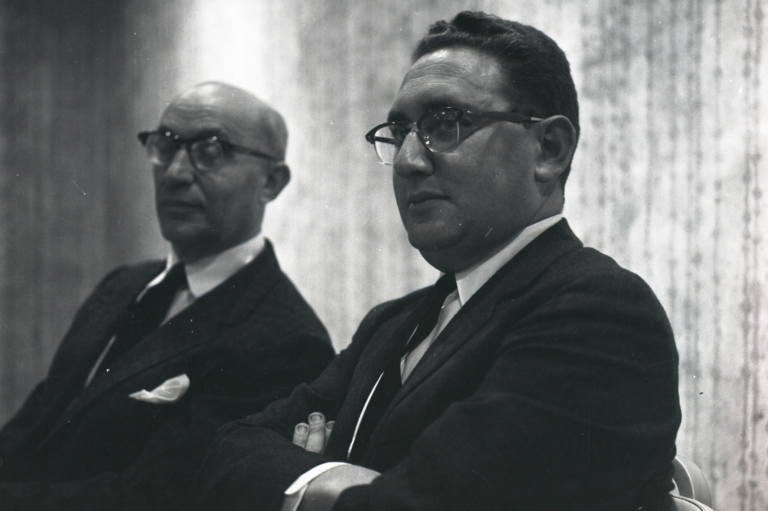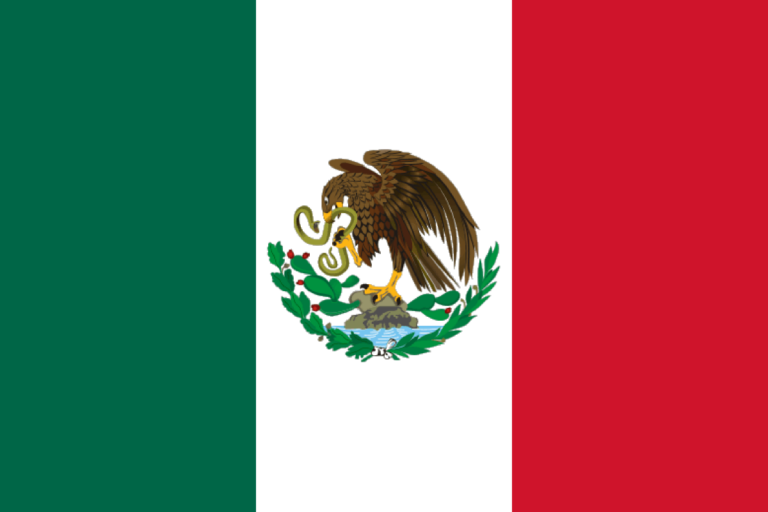The Federal Supreme Court of Brazil is about to make a decision concerning the disposal of frozen embryos. Judge Carlos Britto, presenting the case in what is commonly considered a “draft” of the final decision, stated that the viability of frozen embryos is no more than three years. According to his statement, he feels those embryos should be used for stem cell experiments or simply be discarded.
Brazilian pro-lifers fear such decisions about the legal status of human embryos could become the most powerful argument in favor of legal abortion. It is more than coincidence that promoters of embryo stem cell research and the well-known promoters of abortion in Brazil are united in their lobby promoting the idea that human embryos are not persons and, consequently, have no rights.
Biosecurity Law
The Biosecurity Law, passed in November 2005, covers the practice of in vitro fertilization and frozen embryo disposal among other related issues. A Catholic and former General Attorney of Brazil, Claudio Fonteles, presented a legal action in 2007 claiming the Biosecurity Law violates the Constitution, which guarantees the right to life.
Judge Britto’s draft would have decided against Fonteles two months ago had not the Federal Supreme Court’s decision been interrupted by member judge Carlos Alberto Menezes Direito. Judge Menezes, seeing the importance and consequences of such a decision, asked for a full review of the case.
After more than two years since passage of the Biosecurity Law, no one knows how many frozen human embryos are stored in IVF clinics or assisted human re· production centers in Brazil. Some experts estimate this number to be no less than 8,000 and could easily exceed 10,000.
According to the Latin American Network of Assisted Reproduction, there are 58 reproduction assistance centers or clinics in Brazil. Its vice president Segundo Maria do Carmo Souza, founder and president of Brazilian Society of Assisted Reproduction, stated that almost 25,000 procedures were performed in Latin America last year, and he could give no average number of fertilized eggs used for the procedures.
The Culture of Death in Brazil
But numbers are not at the core of this shocking problem. It is how far the culture of death has arrived, and how it is manipulating thousands of human beings — deciding how they are going to be destroyed, experimented on or disposed of. Today, the Federal Supreme Court is only starting to investigate the problems with the law.
Any decision made at this time could help the abortion lobby in Brazil. It isn’t just the language, but a deep understanding of human nature and the connection between the humanity of a pre-born baby; the slippery slope John Pope II called fruits of the same tree. At least, that is very clear in Brazil nowadays.
Why Three Years?
Judge Britto’s statements are published on the Federal Supreme Court official website in Portuguese. They can be found at: http://www.stf.gov.br/arquivo/cms/noticiaNoticiaStf/anexo/adi3510relator.pdf. In his statement, he quoted two doctors, Ricardo Ribeiro dos Santos and Patricia Helena Lucas Pranke, as saying: “Freezing techniques degrade embryos, undermine their viability for implantation…Viability of frozen embryos of more than three years is very low, practically nothing” [page 963]. “For research these cells are alive, so for research those embryos are useful, but not for fertility purposes” [page 929]
But scientific evidence does not sup· port these conclusions. Even IVF centers renounce the claim. “There is no known time limit as to how long an embryo can be kept frozen, and still result in a successful pregnancy,” says the CReATe Program Services.1 “There is no known time limit for how long embryos can be stored for,” claims CNY Fertility Centex.2 “There is no known deterioration in the health of the embryo with time,” states the Coventry and Warwickshire Hospitals.3
For Brazilian pro-lifers, facts are a better argument against Britto’s statements. Recent experiences of thawing embryos stored eight or more years have had the same results at implantation as newly frozen embryos. There is no scientific argument for the contrary since organic cells have no kinetic activity at 200 degrees below zero, no matter how long they are kept frozen, a minute or 20 years. There is no evidence to back the assertion that there is no viability of frozen embryos after three years.
Children Prove a Point
Case 1 Vinicius of Brazil
Vinicius was a frozen embryo for eight years; today he is the living child having undergone the longest period of being frozen as an embryo. Born in the Hospital Beneficencia Portuguesa in Rio Preto, Vinicius was premature, but left the hospital two months later with his parents, Maria Roseli Monteiro Rocha, 41 years old, and Luiz Henrique Dorti, 40.
Case 2 Jonah of Virginia, USA
According to the Oakland Tribune of December 26, 2004, Jonah David Vest was, at that time, an active, average 2-year old. Bur biologically, Jonah was much older. As an embryo, Jonah was frozen for six years in liquid nitrogen before implantation. The Vest’s second child, Jonah’s sister, was born later. She was biologically older than her big brother, as she had been frozen nine years before.
Conclusion
Beyond any debate or scientific data, many children who began life as an embryo frozen for more than three years are alive and healthy. These children are the most solid evidence found in favor of life.
Vinicius and the Vests would obviously renounce the arguments of Ricardo Ribeiro dos Santos and Patricia Helena Lucas Pranke, quoted by judge Britto. Actually, they already do this by existing, by enjoying their lives and by playing as the normal and healthy children they are.
Endnotes
1 CReATe website, “Services, How We Can Help,” http://www.createivf.com/fertility_services/ivf_cryopreservation.htm, (30 May 2008).
2 CNY Fertility Center website, “Laboratory Services,” http://www.cnyfertility.com/labemb1.html, (30May 2008).
3 University Hospitals, Coventry and Warwickshire Hospitals website, “Cryopreservation,” http://www.uhcw.nhs.uk/ivf/treatments/cryopreservation, (30 May 2008).










